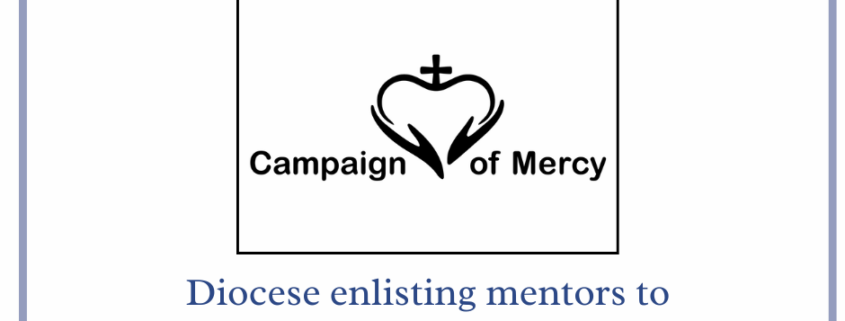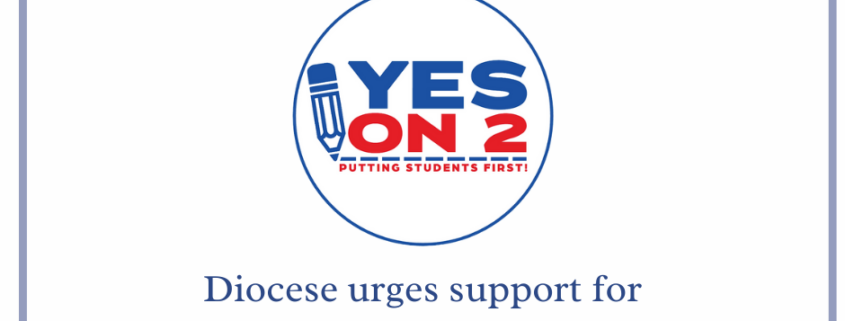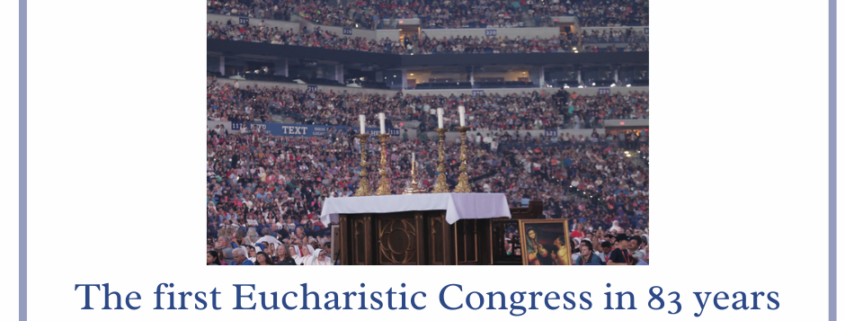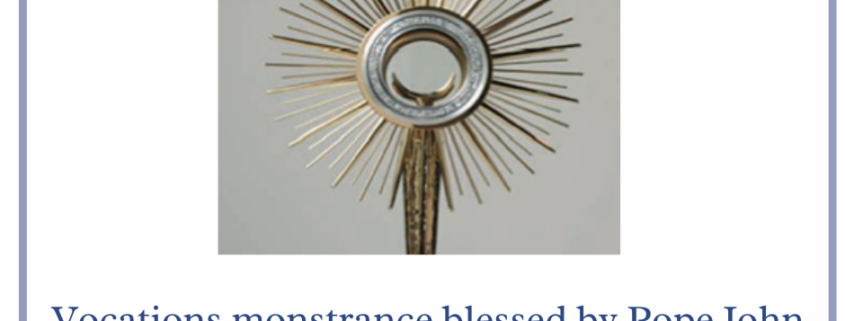Diocese enlisting mentors to accompany learners engaged in FranciscanAt Home— could it be you?
Laura Keener
Editor
The month of August is Back to School month and the perfect opportunity for the Campaign of Mercy to focus on the corporal work of mercy “to instruct the ignorant.” No one likes to think of themselves or others as ignorant. But the truth is, you can’t know what you don’t know and sometimes we don’t know what we think we know.
Everyone needs someone to show them the right way to accomplish tasks, to help them develop skills, to think critically, to develop their faith life and at times be corrected. It is an act of love to help others learn the truths they need to know to save souls — their own and others.
Bishop John Iffert, through the With One Heart diocesan pastoral plan, is removing barriers for the people of the Diocese of Covington to grow deeper in the faith and to accompany others on their faith journey. Through a partnership with Catechetical Institute, Franciscan University, everyone in the diocese has access — at no cost — to Franciscan At Home.
Franciscan At Home is an online library of over 200 workshops on the Catholic faith. Everyone can, right now, create an account at https://franciscanathome.com/diocesecovington, then choose a lesson to begin personal study. But what makes Franciscan At Home unique from other online learning platforms is the availability to choose a mentor to accompany the learner as they grow in learning and living their faith.
“This is like their secret sauce,” said Deacon James Fortner, chief operating officer, Diocese of Covington, about the effectiveness and importance of the mentoring aspect of Franciscan At Home. “It gives the ability as a mentor to ask questions, enabling the student to dig deep. You’re not telling them the answer. You’re trying to lead them to an introspection. How’s God moving? What did you feel; what did you see?”
Currently the Office of Catechesis and Evangelization is looking for people to be a part of Franciscan At Home as a mentor. Five in-person workshops, beginning August 17, are being offered to train mentors. (See schedule on page 13.) And like Franciscan At Home, these mentor training workshops are available at no cost to the lay faithful.
“Everything is going to depend on how much we accompany the learners,” said Isaak A. Isaak, co-director, Office of Catechesis and Evangelization. Mr. Isaak is leading the implementation of Franciscan At Home in the diocese. “The biggest thing, really, is how we develop good mentorship.”
Deacon Fortner and Mr. Isaak have a goal for every parish and school to have at least two mentors trained and available to accompany the parents, teachers and parishioners desiring a mentor as they take Franciscan At Home courses.
“Mentorship is just walking with people. Mentors don’t have to teach, they don’t have to offer courses, they don’t have to administer the program. All they need to do is be available as a mentor to walk with people and guide them,” said Mr. Isaak. “It’s like almost giving a person a gift of faith and salvation, introducing them to and leading them closer to Jesus Christ,” that’s the role of the mentor.
How do you know if you’re being called to be a mentor? First, if the thought of accompanying someone on their faith journey stirs your heart and mind, start praying about it. Ask the Lord if this is his plan for you. Then, talk with your pastor or school principal about becoming a mentor. And, of course, register for the mentor training workshops.
“The only qualification, as far as I know, is that you are a baptized Christian and Catholic, practicing your faith and that you are in union with Jesus Christ,” said Mr. Isaak. “The one thing that I would advise people is take advantage these free courses. Bishop Iffert has generously and kindly invested in his people’s lives by bringing this huge platform.”
Mr. Isaak’s encouragement to others comes from deep personal experience.
“When I talk about my faith, I always want to cry because I feel so awesome about it,” said Mr. Isaak. “I just love the Holy Spirit that’s working in it, in these words, in the things that we learn, in everything we do — it just so impactful. I want everyone to come and enjoy what I’m enjoying.”




